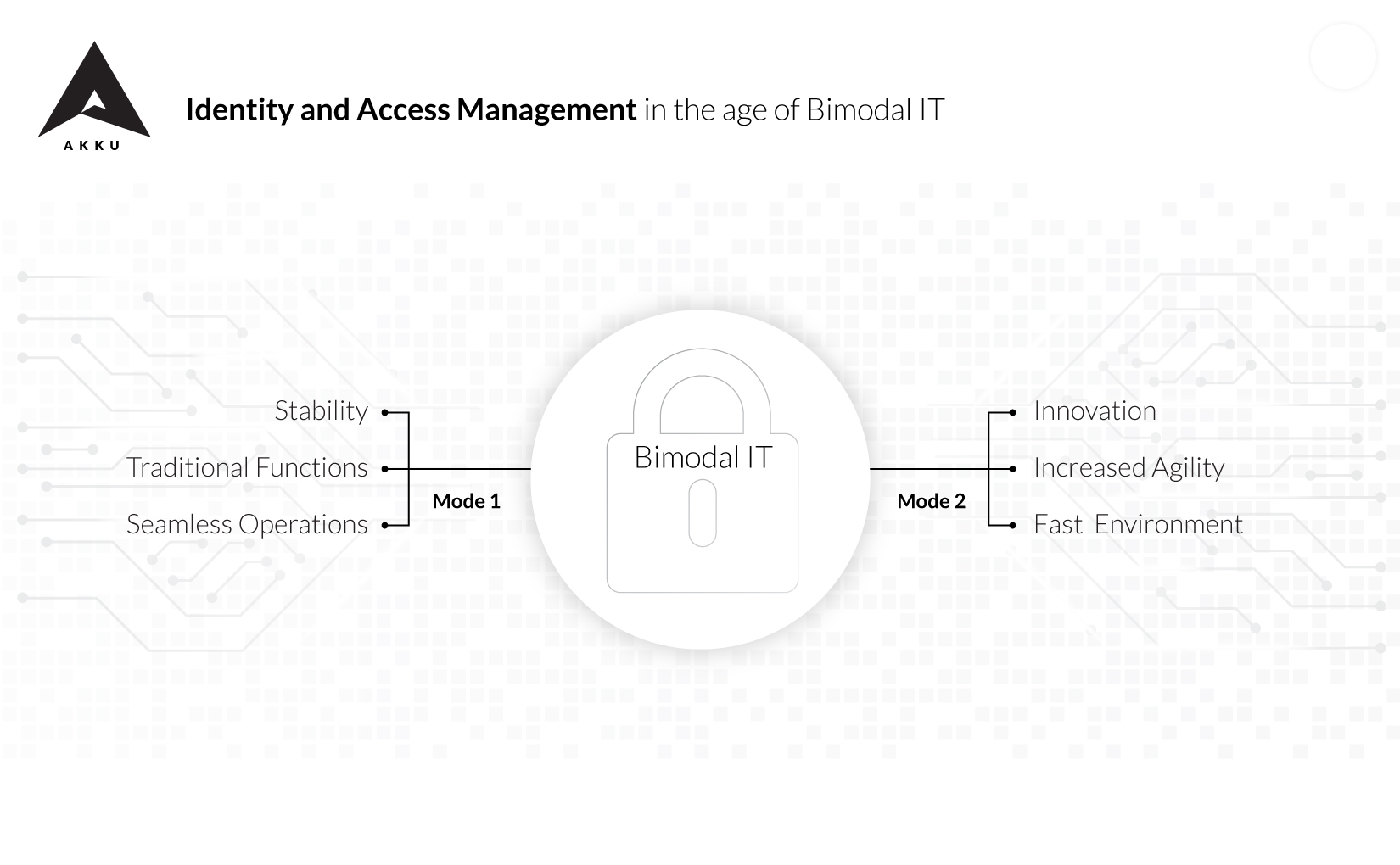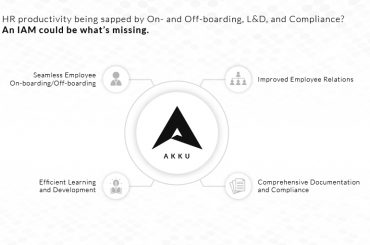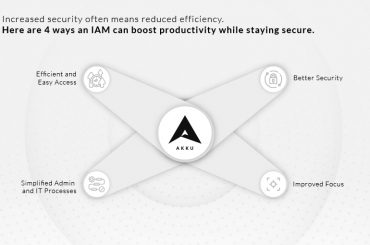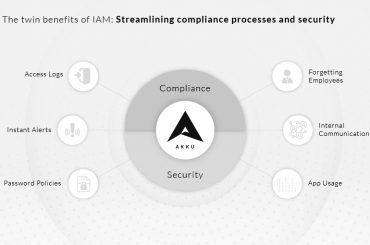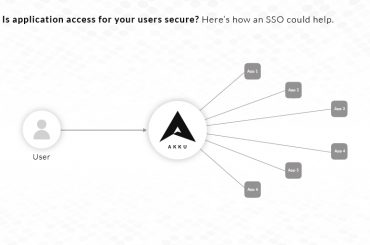An important new practice that has emerged over the past few years in IT management is Bimodal IT, defined by Gartner as the practice of managing two separate but coherent styles of work: one focused on predictability; the other on exploration.
While the application of the Bimodal concept within an enterprise has been the subject of much discussion, employing these two modes of management in the context of Identity and Access Management has not.
Here’s our take on how the Bimodal concept fits into our scheme of things as an Identity and Access Management solution provider.
Mode 1
By the standard definition of Bimodal IT, the focus of Mode 1 is on ensuring that existing applications and business functions are kept running smoothly. Therefore, Mode 1 clearly prioritizes stability over innovation.
In the context of IAM, businesses are becoming increasingly complex in the digital age, with touchpoints and interactions with increasingly large numbers of people or users, both within and outside the organization.
Managing this change requires IAMs to undertake a gradual evolution towards becoming simpler and more scalable. A good example of this would be the need to build in the ability to automate decision-making for setting access rules and permissions based on dynamically collected information on users, from multiple sources.
This evolutionary approach is important to ensure continued forward movement, embracing new practices and technologies, while continuing to place primary emphasis on seamless operations.
Mode 2
Mode 2 in Bimodal IT, on the other hand, places its focus squarely on innovation. In Mode 2, the priority is to undertake larger, but less certain, leaps forward, to enable the existence of entirely new business processes and approaches.
To look at the Identity and Access Management universe, in Mode 2, the mandate would be to build the next, future-ready new IAM platform. This could involve the development of an all-new, simpler and more scalable architecture from scratch, or incorporating increased agility to adapt to a fast evolving environment, for example.
Mode 2 involves planning and building for scenarios and use-cases that go beyond what conventional thinking can conceive of, to drive the next big change. But with this focus on innovation comes a need to accept some risk as well.
Akku is an enterprise IAM solution, and our journey to get here has involved adopting different facets of Bimodal IT. This process has helped us build a platform that delivers solutions to a range of use-cases that few others can match, and to do it reliably and seamlessly. Talk to us today to see how Akku could enable identity and access management, and more, at your organization.

